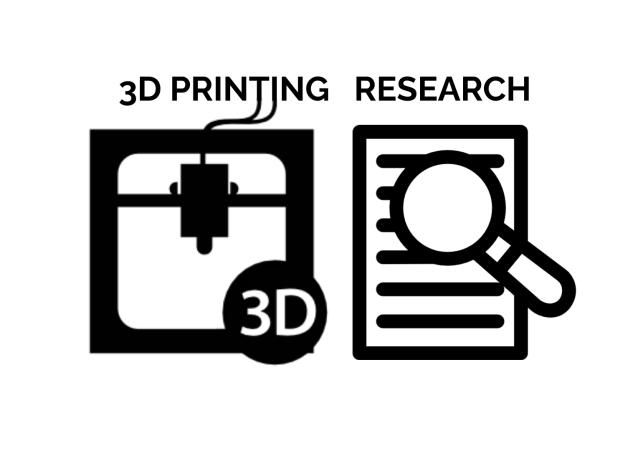
3d printing research
3D printing research covers a wide range of topics and applications. Here are some areas of research and development within the field of 3D printing:
1. Material Development: Researchers are constantly working on developing new materials for 3D printing, including metals, polymers, ceramics, and even biomaterials for medical applications. They aim to improve material properties like strength, flexibility, heat resistance, and conductivity.
2. Bioprinting and Medical Applications: Bioprinting involves the use of 3D printing technology to create living tissues and organs. Researchers are working on techniques to print functional tissues, such as skin, bone, and even complex organs like kidneys. This has significant implications for regenerative medicine and organ transplantation.
3. Additive Manufacturing for Aerospace and Automotive Industries: The aerospace and automotive industries use 3D printing to produce lightweight and complex parts with improved efficiency and reduced waste. Research focuses on optimizing designs, materials, and printing processes to meet the stringent requirements of these industries.
4. Sustainable and Recyclable Printing: Efforts are being made to develop sustainable 3D printing methods, including using recyclable materials and minimizing energy consumption. Researchers are also exploring ways to recycle and reuse printed parts to reduce waste.
5. Multi-Material and Multi-Process Printing: Advancements in multi-material and multi-process printing enable the creation of complex, multi-functional objects in a single printing process. Research aims to improve the accuracy and reliability of these techniques.
6. Nanoscale and Microscale Printing: Researchers are exploring the potential of printing at extremely small scales for applications in electronics, optics, and medicine. This involves developing printing methods capable of creating intricate structures at the nanoscale.
7. Customization and Personalization: 3D printing allows for customization and personalization of products like never before. Researchers are working on techniques to efficiently produce customized products at scale, such as personalized medical implants and consumer goods.
8. Print Speed and Scalability: Increasing the speed of 3D printing while maintaining print quality is an ongoing challenge. Researchers are exploring ways to improve print speed, especially for large-scale manufacturing applications.
9. Software and Design Tools: Advancements in software and design tools are crucial for optimizing the 3D printing process. Researchers are developing software that can generate intricate and complex designs automatically, optimize support structures, and simulate printing processes.
10. Post-Processing and Finishing: The quality of 3D printed objects often depends on post-processing techniques. Research focuses on developing efficient and effective post-processing methods to improve surface finish, mechanical properties, and overall quality.
These are just a few examples of the diverse research areas within 3D printing. The field is rapidly evolving, with new breakthroughs and applications emerging regularly.

